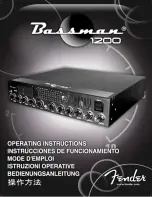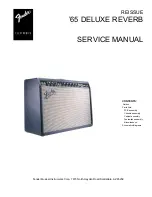
Chords are created when several notes of a scale are played simultaneously. A
triad chord
is made up of the 1st, 3rd, and 5th note of a scale or mode. There
are seven triad chords that belong to each major and minor key. Because these
chords are made up only of notes from one key, they are called diatonic to that
key.
When you dial the Harmonizer to a particular key, you will see triad chords with
their corresponding notes appear in the highlighted windows. Each chord begins
with the first note of a mode. This note is called the
root
of the chord.
The tonal distances between 1st, 3rd, and 5th notes differ according to the
mode. This gives the chords their different sounds.
D
D
F
C
D
E
F
G
A
B
C
C
E
E
F
G
D
E
F
G
A
B
C
D
E
F
G
A
B
C
D
E
G
F
G
A
B
Ionian
Dorian
Phrygian
Lydian
R
2nd
3rd 4th
5th
6th
7th R
9th
11th
minor 3rd
major 7th
<
7th
maj
7
m
7
m
7
maj
7
major 3rd
Major
C
Major and Natural Minor Scales
Adding these notes to a triad produces
a chord called a
7th chord.
Highlighted notes indicate a
triad chord.
3.
Triad Chords
Major & Minor Scales
A fourth note can be added to a triad to give it a more interesting sound. Often,
this fourth note of the chord is the seventh note of the scale or mode. Chords
that have this seventh note included are called
seventh chords.
Seventh chords
are written like this: Cmaj7, Dm7, G7 (Gdom7).
Sometimes, the sixth note of the scale will be added instead of the seventh. As
you might guess, this chord is called a
sixth chord,
i.e., C6, Fm6.
4.
Fourth-Note Extensions
Major & Minor Scales
9
Key Indicator Window










































